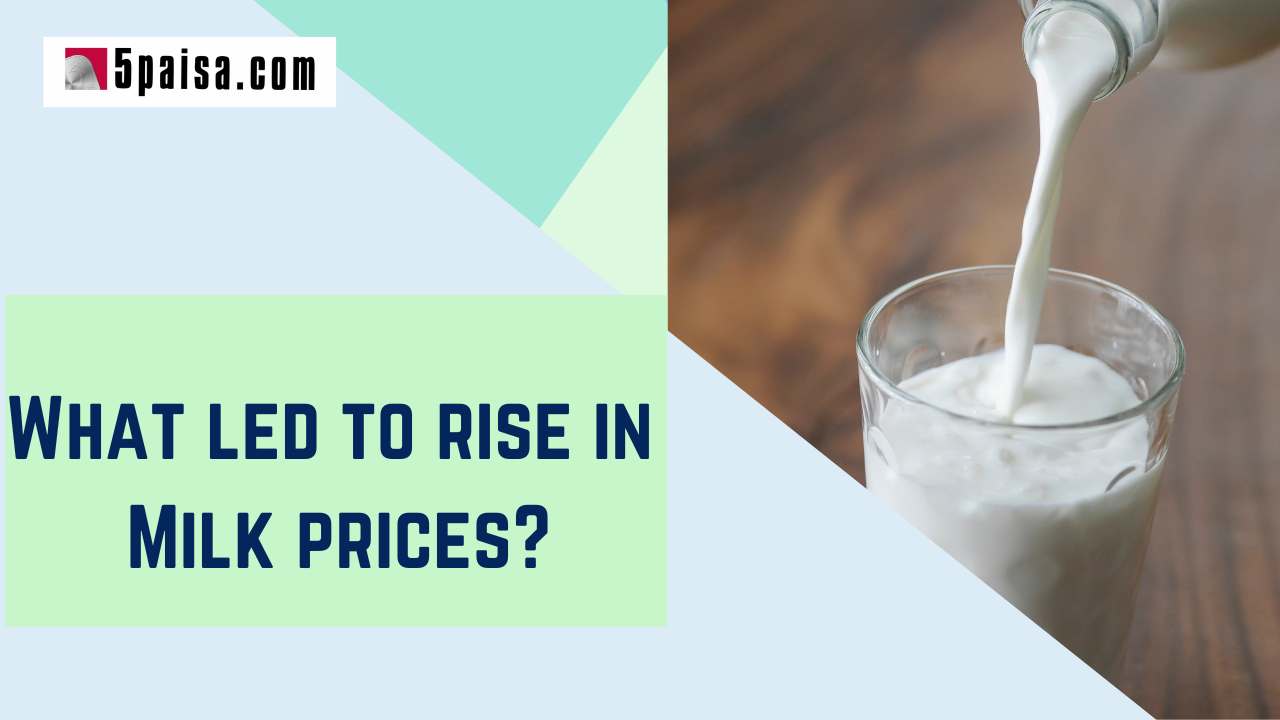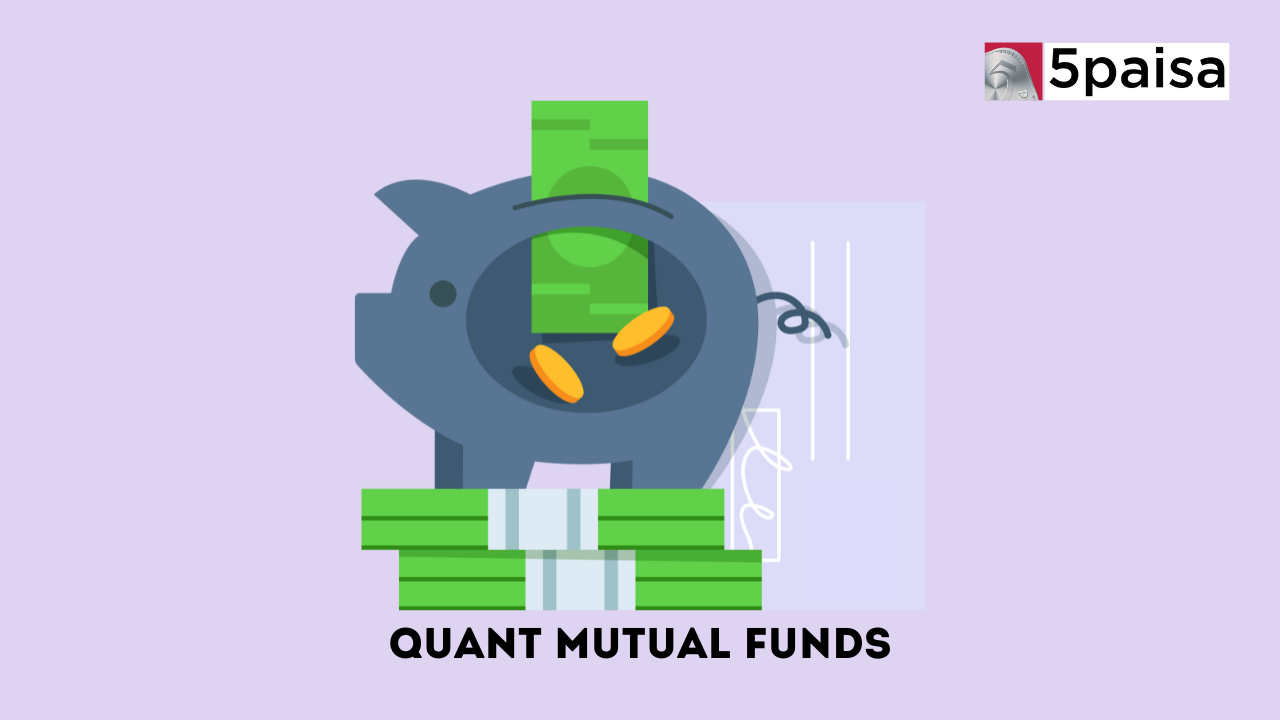List Of Maharatna Companies In India
What led to a rise in Milk prices?

Last Updated: 15th December 2022 - 05:43 pm
Since the beginning of December 22, wholesale milk prices across India have increased by 10.2% YoY. South India's milk costs are up 12.8% year over year. Wholesale prices across India increased just 0.6% month over month.
The Nandini brand of milk and curd recently saw an Rs. 2 price increase announced by the Karnataka Milk Federation (KMF). Curd, Special Milk like Shubham, Samruddhi, and Santrupthi have all seen price increases.
The Kerala Co-operative Milk Marketing Federation, also known as Milma, recently announced a price increase of Rs. 6.
In the Delhi-NCR region, Mother Dairy announced that the price of its full-cream and toned milk increased by Rs. 1 and Rs. 2, respectively. The company claimed that it had to raise prices as a result of rising farmer procurement costs. Mother Dairy, the top milk supplier in Delhi-NCR, has increased milk prices four times so far in 2022.
On October 15, all states other than Gujarat received a Rs 2 per liter price increase for full cream milk and buffalo milk, according to the Gujarat Cooperative Milk Marketing Federation (GCMMF), which owns the Amul brand. This came after the hike in August. Full cream milk has now gone up in price from Rs. 61 to Rs. 63 per liter. Amul raised prices in August and March of 2022, making this the third price increase of the year.
The price of skim milk powder (SMP) has decreased globally by 17.2% YoY in December 2022 and 31.7% from its highs in March 2022. This is probably going to make exports less appealing in the short term. The demand-supply balance in the domestic milk industry is worrying, however, as the depreciation of the rupee makes exports alluring.
What led to a rise in Milk Prices?
Maize and wheat prices are still up 27.4% and 31% year over year in November of this year, respectively. This will probably result in higher feed prices. Farmers can therefore be expected to pass on any future increases in the price of essential raw materials by raising milk prices. Animal feed price inflation, rising consumption, a weak flush season, and lumpy skin disease are all factors contributing to the increase in wholesale prices.
Despite some price increases (between 8 and 10%) over the previous eight months, all dairy companies reported lower gross margins year over year in H1FY23. However, rising milk procurement costs continue to be a major worry. In H2FY23E, all dairy companies will also report lower YoY margins.
Disclaimer: Investment/Trading is subject to market risk, past performance doesn’t guarantee future performance. The risk of trading/investment loss in securities markets can be substantial. Also, the above report is compiled from data available on public platforms.
Trending on 5paisa
Discover more of what matters to you.
Indian Stock Market Related Articles
 Sachin Gupta
Sachin Gupta Ruchit Jain
Ruchit Jain Tanushree Jaiswal
Tanushree Jaiswal




